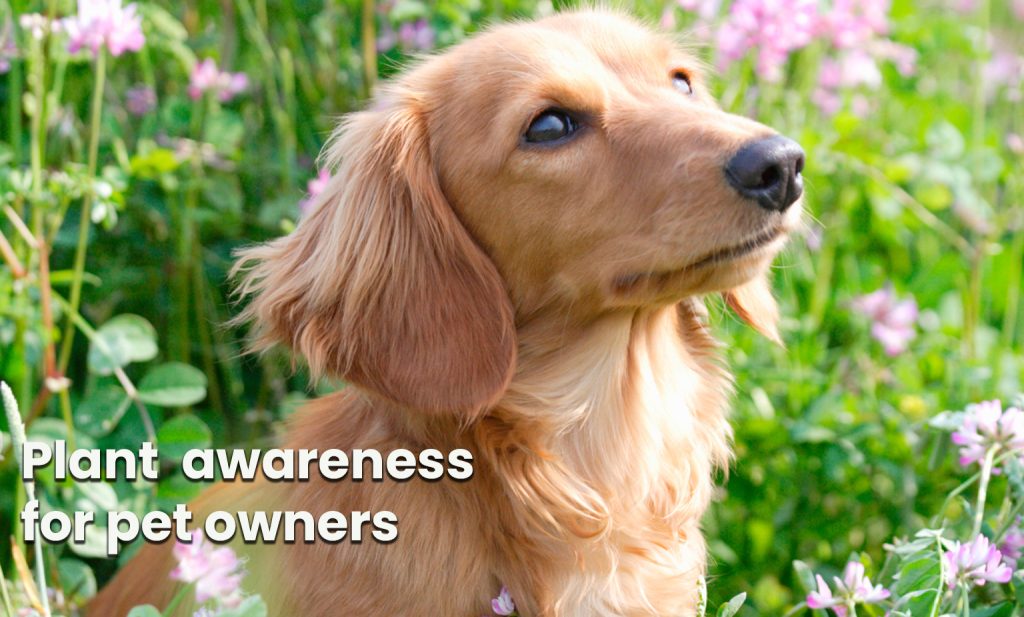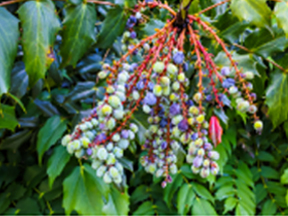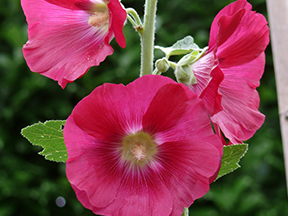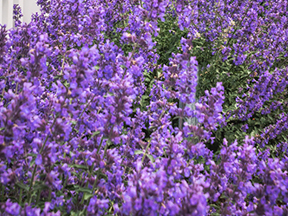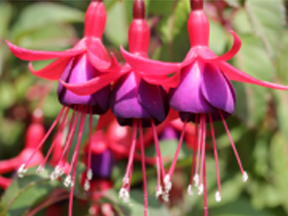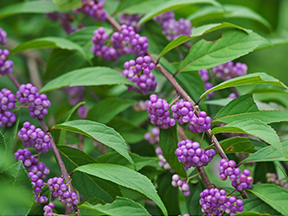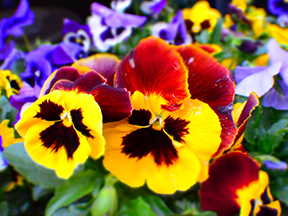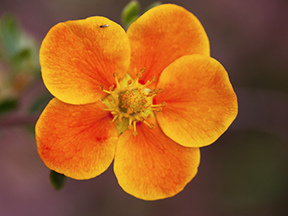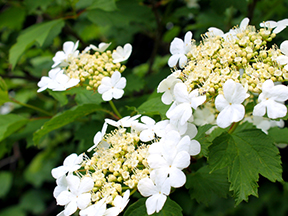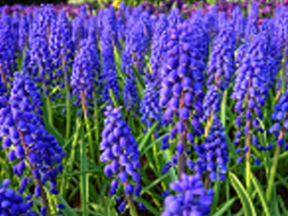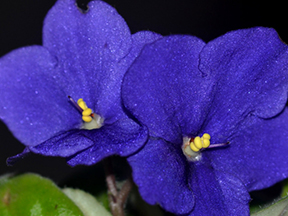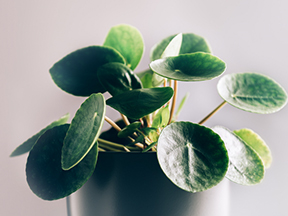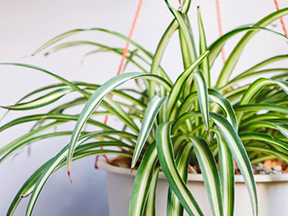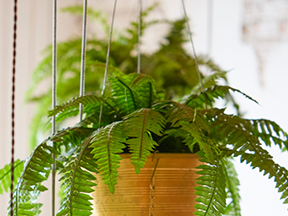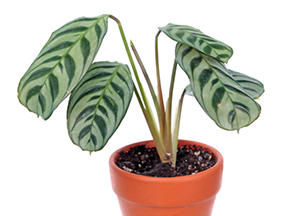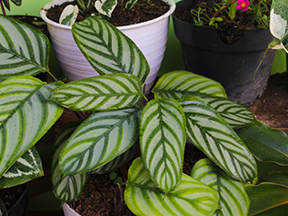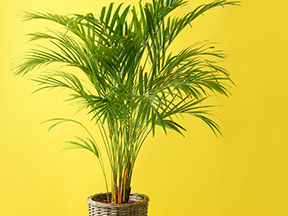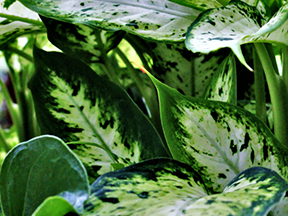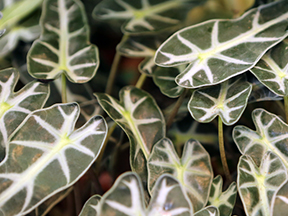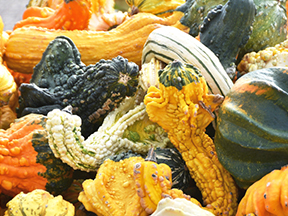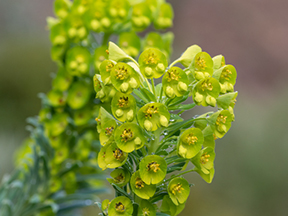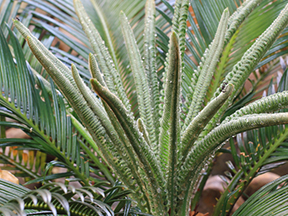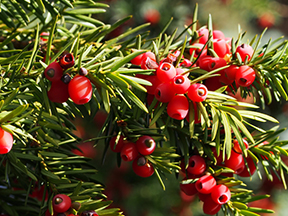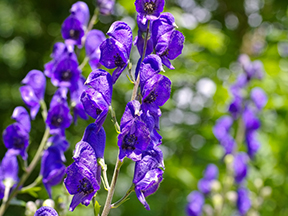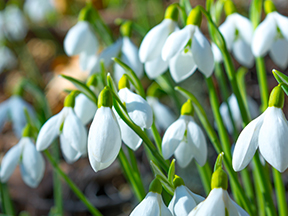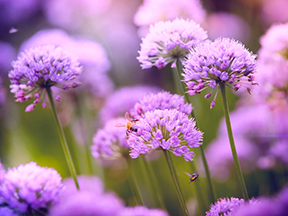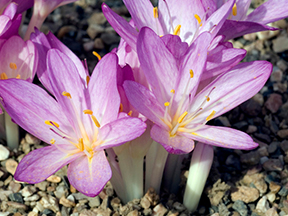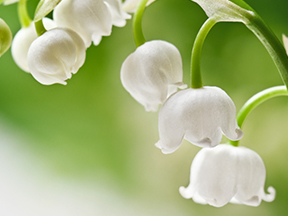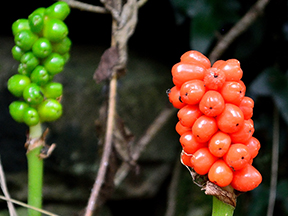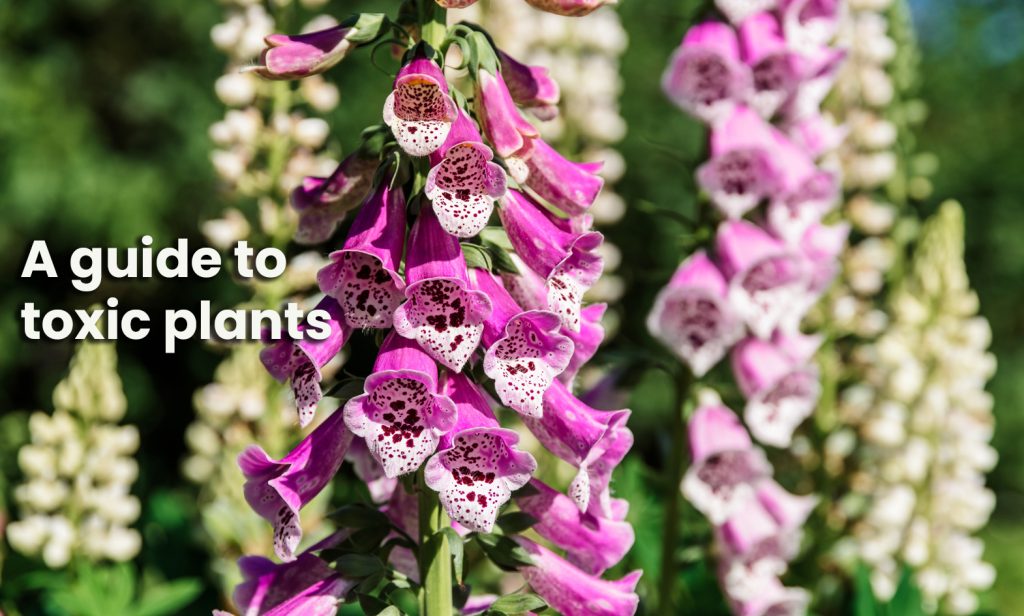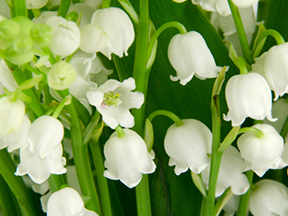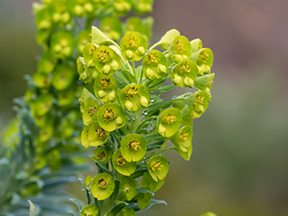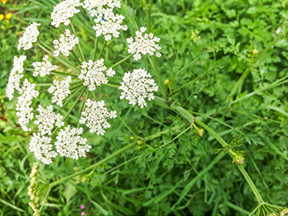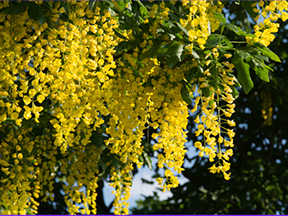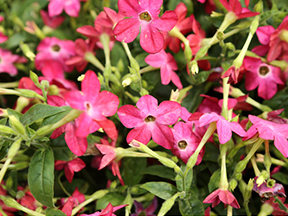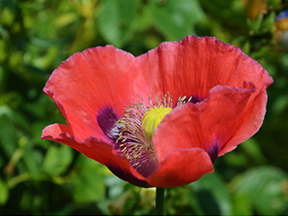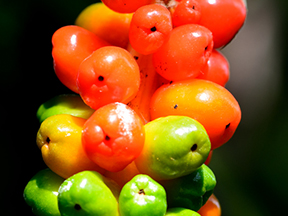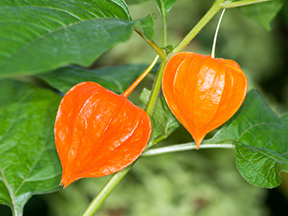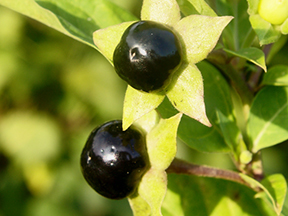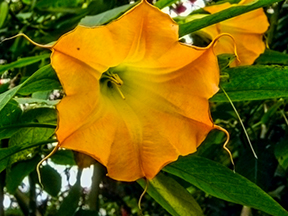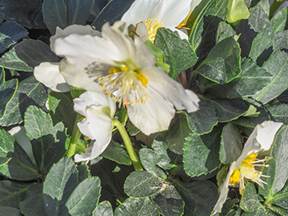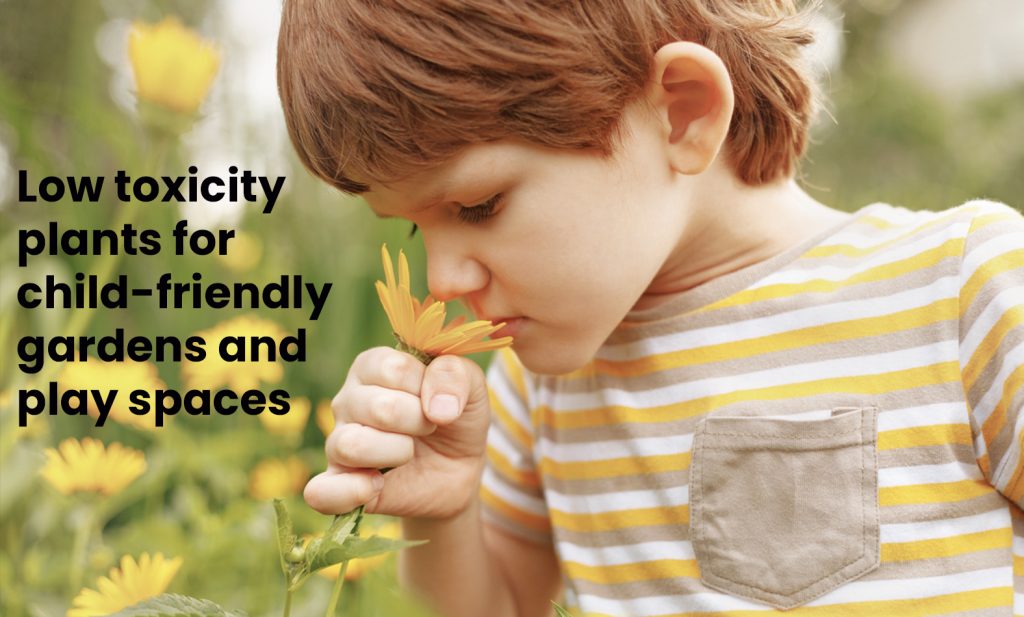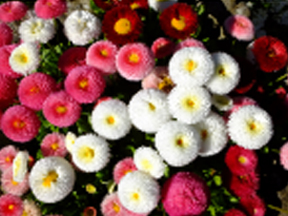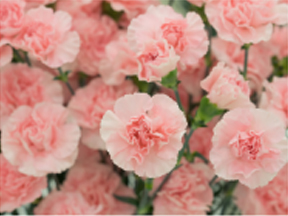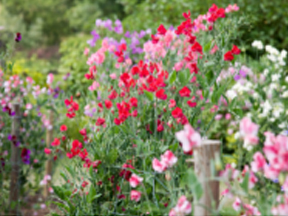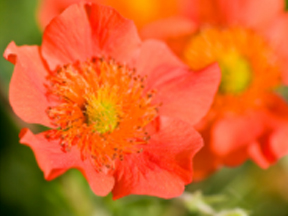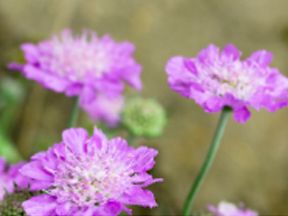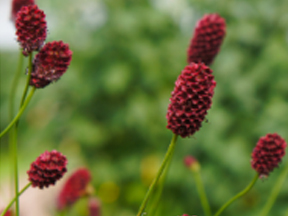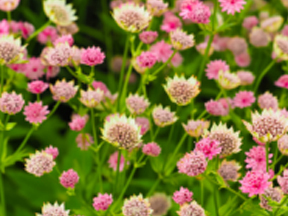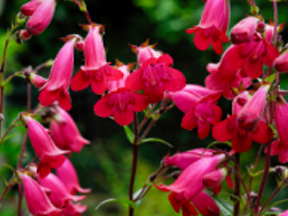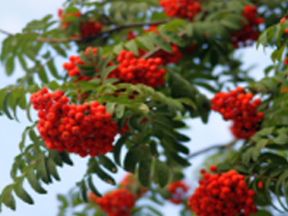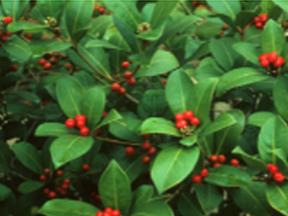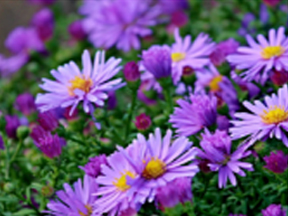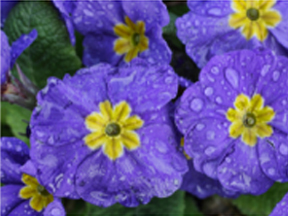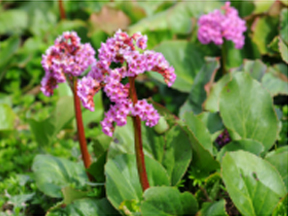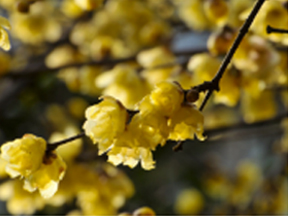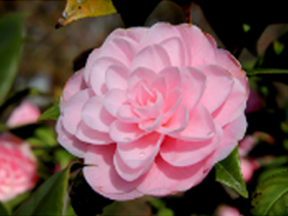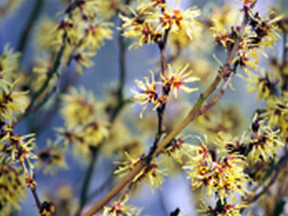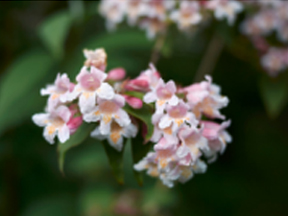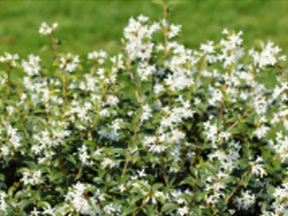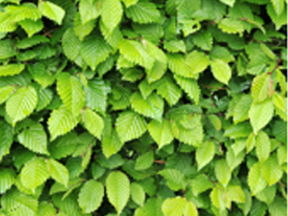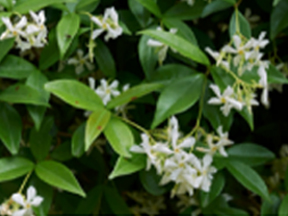Key messages
Prevention is key
There are things parents, family members and Santa Claus himself can do to help make this special time of year a safe one.
Parents and guardians should watch out for button and cylindrical batteries in toys, decorations and gadgets. Serious injury can occur if a child swallows a battery or puts a leaking one in their mouth. Keep batteries out of children’s sight and reach.
Be safety aware when buying toys and other gifts. Look for the CE mark and age labelling. Think about yonger children in a home when giving a toy to an older child. A younger sibling may end up playing with a toy unsuitable for their age and developmental stage.
Young children don’t understand danger. They may put items into their mouths that could poison or choke them. Always supervise your child. Don’t rely on older children to do so.
There is lots of information on poison prevention on www.poisons.ie and on child safety all year around on www.mychild.ie, part of hse.ie.
Batteries and poisons
Keep batteries out of reach
Children can easily remove batteries from items like remote controls. Keep products with batteries well out of reach if the battery compartment isn’t secured with a screw. Put them in a secure place a child cannot reach.
Make sure all battery compartments on toys and other items are secure and can’t be opened by little hands. A secure battery compartment is one that requires a screwdriver or other tool to open. Your child should not be able to open them.
Keep all spare or used batteries out of sight and reach of children. Safely recycle used batteries.
Button batteries cause serious harm
Button batteries are small batteries that look a bit like coins. They can be found in musical cards and books, novelty decorations like singing Santas or Christmas ornaments that light up, flameless candles and a wide range of small electronic devices.
They can be a choking hazard for a child and, if swallowed, can seriously burn their insides.
Bring your child to hospital if you think they have swallowed a battery
If you think your child may have swallowed a button battery or any other type of battery, take them immediately to your nearest hospital emergency department.
You can give a child over 1 year of age two teaspoons of honey if they have swallowed a button battery. The honey coats the battery. This can protect the oesophagus from injury before the battery is removed in hospital. Only do this if they are able to swallow. Do not delay bringing them to hospital.
Call the Poisons Information Centre if you think your child has been exposed to poison
Call the Poisons Information Line on 01-809 2166 if you think your child has been exposed to poison. The service is available from 8am to 10pm every day, including Christmas Day. It gives urgent tailored advice to members of the public on whether medical treatment is needed following accidental poisoning. Outside of these hours, contact your GP or hospital. In an emergency, call 999 or 112.
Be aware of common poison risks at Christmas
These include:
- batteries and button batteries – children may chew on them and/or swallow them which can result in serious harm
- firelighters and matches – ingestion of even small amounts can potentially cause symptoms including aspiration into the lungs if vomiting occurs
- seasonal plants including poinsettia, holly, ivy and mistletoe, which are potentially poisonous
- household products, cosmetics and medicines – make sure visitors keep theirs out of children’s reach
- gift items and household products such as essential oils and reed diffusers – these can be highly toxic if ingested, even in small amounts. They can cause also harm to the skin and eye if exposure occurs
- popular gifts like perfume, aftershave and cologne – they may contain very high concentrations of alcohol and can be toxic to children if swallowed
- alcohol leftover in glasses and cans – alcohol intoxication can occur even with small volumes
- car de-icers – they can contain ethylene glycol, methanol, isopropanol, propylene glycol which are all potentially toxic
For more information on poisoning prevention, visit www.poisons.ie.
Toy safety
Look for the CE safety mark
All toys must carry the CE mark. The CE mark is a manufacturer’s declaration that the product complies with safety regulations and safety standards in the EU. The CE mark should appear on the product, in the instruction manual or on the packaging and be easy to read. Only buy toys from trusted shops.
Check the age labelling and warnings on toys
Make sure children are playing with toys that are right for their age and developmental stage.
Age labelling is the manufacturer’s way of telling you whether the toys are safe for a child of a particular age. For example, you might see one warning you that a toy is not suitable for children aged under 3 years. It is also important to consider any younger children who may be in the home. They could be in danger if they play with a toy that is not suitable for their age.
Make sure toys are in good condition and don’t have sharp edges
Broken toys can be dangerous.
Check toys for choking risks and detachable parts
Young children (under 3 years) put things in their mouths. Watch out for small objects, particularly round-shaped, that could block your child’s airway. For example, marbles, beads, coins, marker caps and bottle tops.
One of the biggest dangers for children is small or detachable parts of toys. They can lodge in their ears, nose or throat, and cause an injury, or be a choking hazard to small children who put things in their mouths.
Any part that comes loose should be too large for a child to swallow. Small magnetic pieces can also cause serious injury if swallowed.
Check for strings
Keep items with strings, cords and cables out of reach – they are a strangulation risk.
Store toys safely
Make sure toys are:
- are stored out of the way when not being used so they don’t cause trips or falls
- are stored somewhere a child doesn’t need to climb to reach
Questions and answers
How many children are poisoned by batteries each year?
From 2020 to date, the National Poisons Information Centre has received over 200 enquiries regarding exposures to batteries in children.
What age are children most at risk of poisoning?
Poisoning is most likely to happen to children age 1 to 4 years.
Most incidents happen in the child’s home, the home of a grandparent or a childminder, or at a crèche or school.
Lots of ordinary household products can be poisonous.
What types of toys should the CE mark appear on?
A toy is a product under EU Toy Safety Regulations that is clearly designed for or intended to be played with by children under the age of 14. This includes tricycles and scooters.
What is the CE mark?
Look for the CE (Conformité Européene) mark. This is the manufacturer’s declaration that the toy complies with safety regulations and safety standards in the EU. Look for the CE mark on the toy, instructions or packaging.
Do scooters have a CE safety mark?
All toy scooters should have a CE safety mark. If your child’s scooter has this CE mark, it is intended to only be used as a toy. If the CE mark is on your child’s scooter, it is intended to be used as a toy. All toy scooters must have the manufacturer’s name, address and contact details.
What should I look out for when buying toys?
The Competition and Consumer Protection Commission (CCPC) advises people to be safety aware when they are buying gifts, particularly toys.
This includes toys bought online or from market stalls or discount shops.
Always buy from reputable retailers. This will help you to avoid unsafe, non-compliant toys, or toys with a fake CE mark.
The CCPC advises that if you are buying online, it can be hard to know who you are buying from, so it’s important to do some quick research, check reviews and social media pages. Check where the business is based.
If you can’t find this information easily, approach with caution. If the business is based outside of the EU, you may consider finding an alternative EU store to ensure you have stronger rights should an issue arise in the future.
Carefully check toys purchased online and toys bought second-hand.
What type of toys are unsafe?
Any toy that doesn’t have a genuine CE safety mark and which is unsuitable for your child’s age and development stage.
Toys that unsafe may be:
- broken
- have strings or cords
- have small detachable parts that can break off
- have battery compartments that children can open
What type of toys do you recommend for young children?
Your child’s favourite toy is you. You are your child’s world so they will want to spend as much time with you as possible. Give your child lots of opportunity to play.
It is normal for children to prefer one type of play or certain toys. Try to create variety and make sure it is fun.
You can help your child to develop their imagination, creativity and key motor skills by choosing toys they can use in lots of different ways. For example:
- blocks – for grasping, banging together, or building a tower when your baby gets older
- balls – to hold, roll, throw and eventually bounce
- cardboard boxes – to play imaginative games
- dressing up clothes – old clothes, hats or bags
- arts and crafts – paper, stickers, crayons and washable markers
- household items – pots, pans, baskets, cardboard tubes, tins or lids
You’ll find advice on play and toy ideas for different ages on mychild.ie.
https://www.hse.ie/eng/about/who/healthwellbeing/our-priority-programmes/child-health-and-wellbeing/nhcp-news-8.pdf (page 7) – based on advice from Competition and Consumer Protection Commission (CCPC)
HSE Child Safety Programme manual
https://www.hse.ie/eng/about/who/healthwellbeing/our-priority-programmes/child-health-and-wellbeing/csp-manual.pdf


